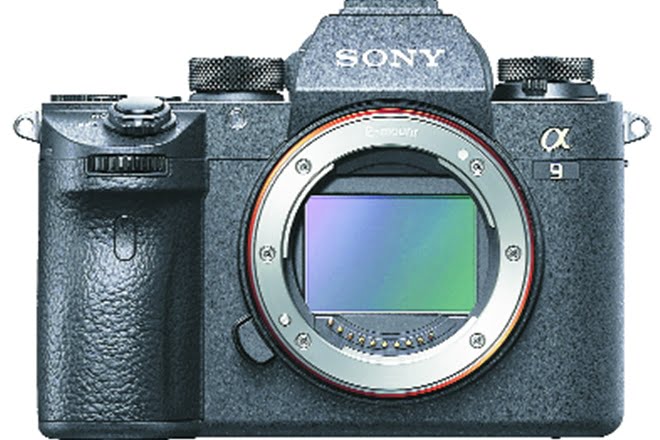
Sony Alpha A9 (or A9 for short) is designed to compete against Canon and Nikon’s professional DSLRs.
Of late, a lot of photographers and those engaged in video production have been moving to the Sony Alpha series for good reason. Sony has over the past few years been the most innovative camera brand as the giants in the business try their best to hold on to legacy ideas and concepts. It’s latest, the Sony a9 (ILCE-9), is bringing in a lot of innovation across the board, and photographers across the world are taking notice. For a camera with a full frame sensor, the Sony a9 has a very compact body. In fact, it could pass off as a regular mirrorless model if you have not seen the melee of dials and buttons the camera has on the body. Those are a give away, and a clear intention that this camera is for those who want to do more than click sunrises and flowers in the park. This camera for me is a bit less intimidating that some of the other professional cameras I have held in my hand recently. At least, this one has an Auto Mode in case you want to hand over the lens to someone so that you can appear on the other side of the viewfinder for a change.
This camera has an adjustable LED panel with an electronic viewfinder – the former shuts down as soon as the camera realises you are going to use the latter. The camera offers a very good grip and despite the body weight, you’ll be able to easily configure a lot of the settings with the grip hand itself. The Sony a9 (ILCE-9) is different from other mirrorless cameras primarily because it packs the world’s first full-frame stacked CMOS sensor, which Sony claims makes it much faster camera than any DSLR. I have to agree. I tried some shots in Burst Mode and the images came about with such speed that in sequence the photos can be stitched into video. While shooting on Continuous Mode, this camera was way faster and smoother and anything I had used before.

Given the high ISO options, this camera is among the fastest to click even in low light situations. I found another aspect of the camera very intriguing. The a9 is not fettered by limits of the mechanical systems and can achieve shutter speeds as high as 1/32000. I tried the camera with a Sony SEL85F14GM G Master lens priced at Rs 1,29,990 in India. I was more than impressed by the results it achieved in different situations and a bit cross with myself for not being in a place where I could do more with the camera. Delhi can be a bit boring for photographers like me. However, with the F1.4 prime lens in my hand, I could see the potential of this camera very clearly. Another aspect of the camera that is hard to miss is the auto-focus.
The continuous auto-focus does not let go of the subject and gives you a clear shot every time. My only issue with the camera is the electronic viewfinder, which while being sharp feels very unnatural for a traditional camera user. It takes some getting used to and in fact I started to prefer the LCD over time. Also, for a mirrorless camera the body and lens of the a9 ended up being over 1.5 kg, which is a bit hard to handle for some of us. If you are not held back by legacy lenses and mindsets, it might be a good idea to opt for the Sony a9 as your next DSLR, one that rises to all the taxing demands you might throw at it. This is clearly one of the best cameras you can buy at the moment, but it does not come cheap. I recommend this for those who do an equal amount of still and video work and needs a camera that is versatile for both.
[“Source-financialexpress”]










